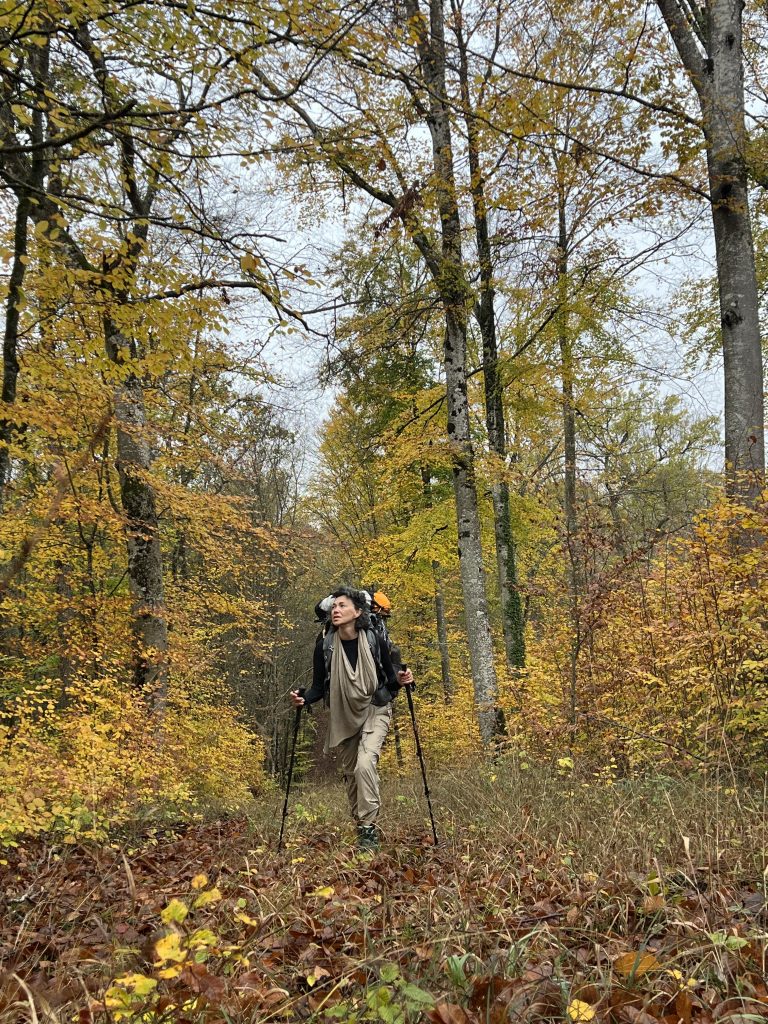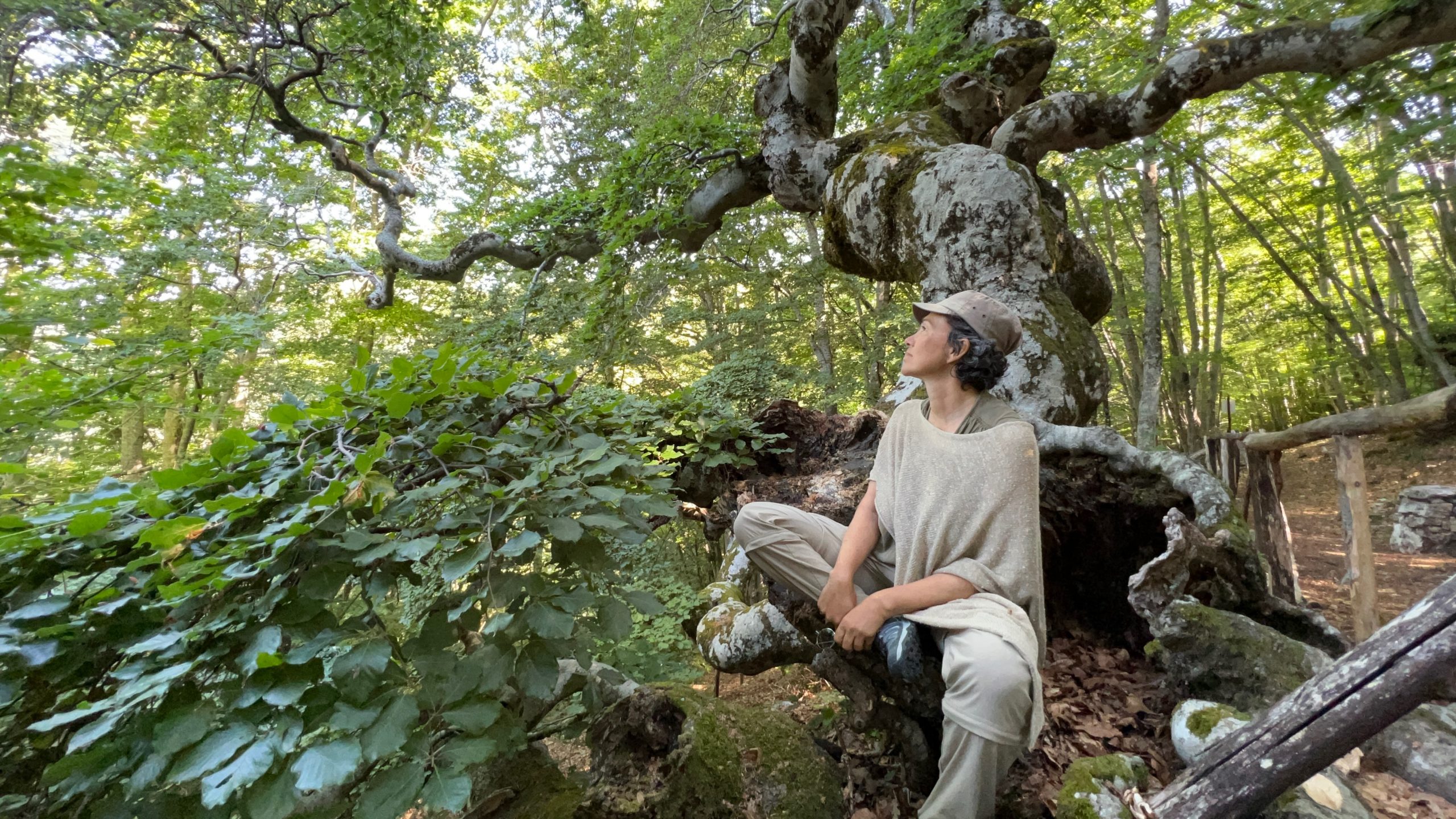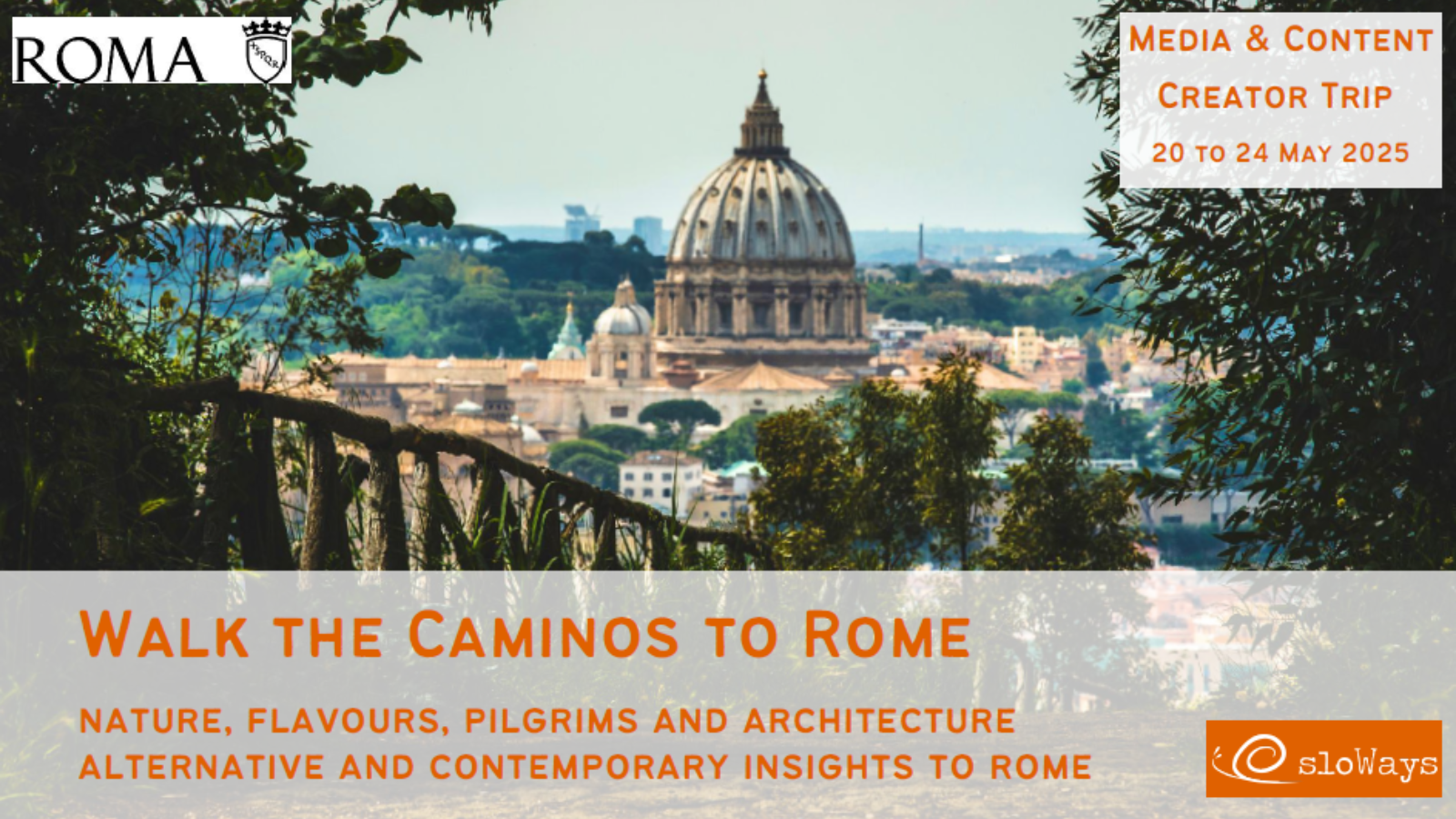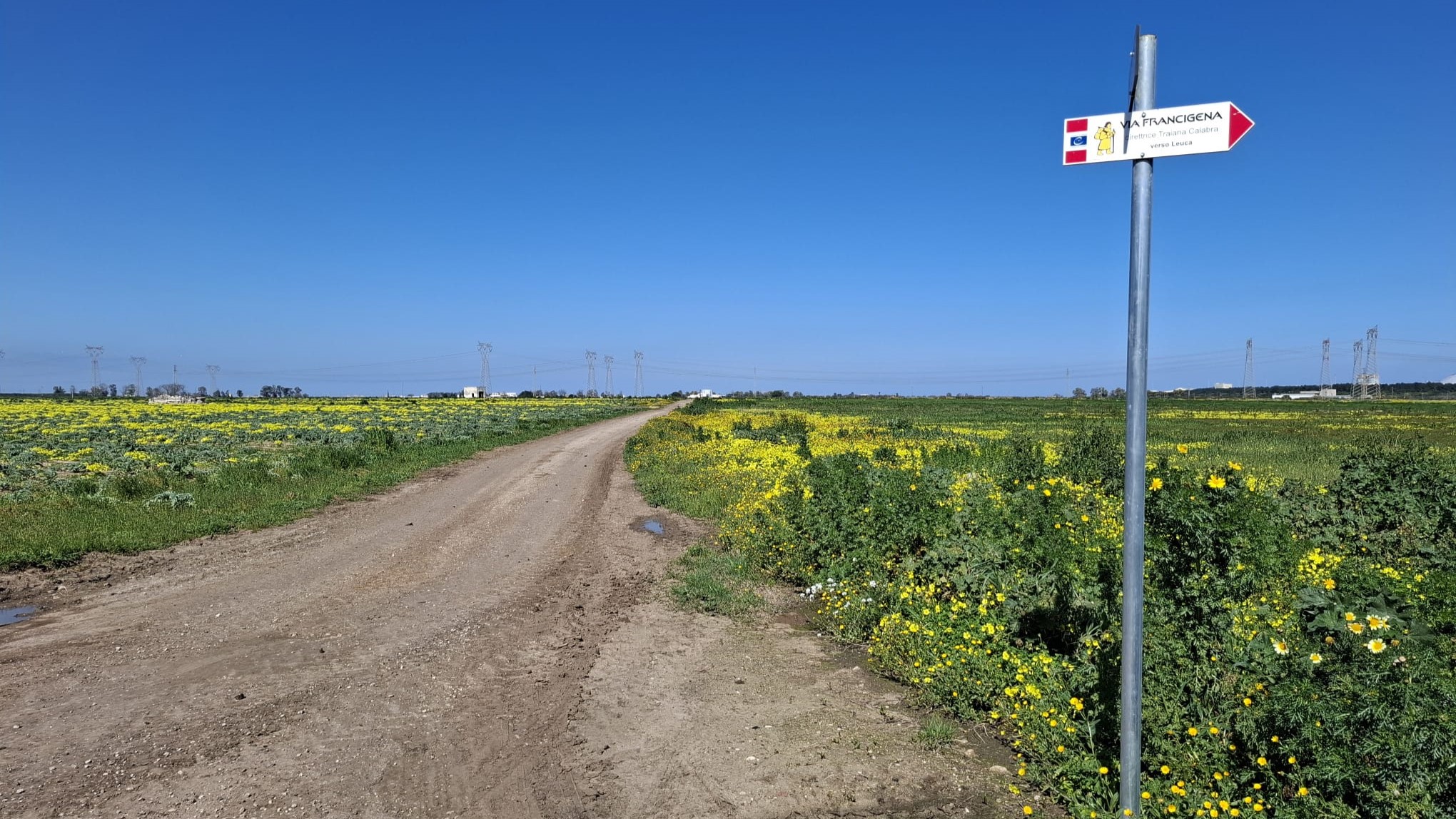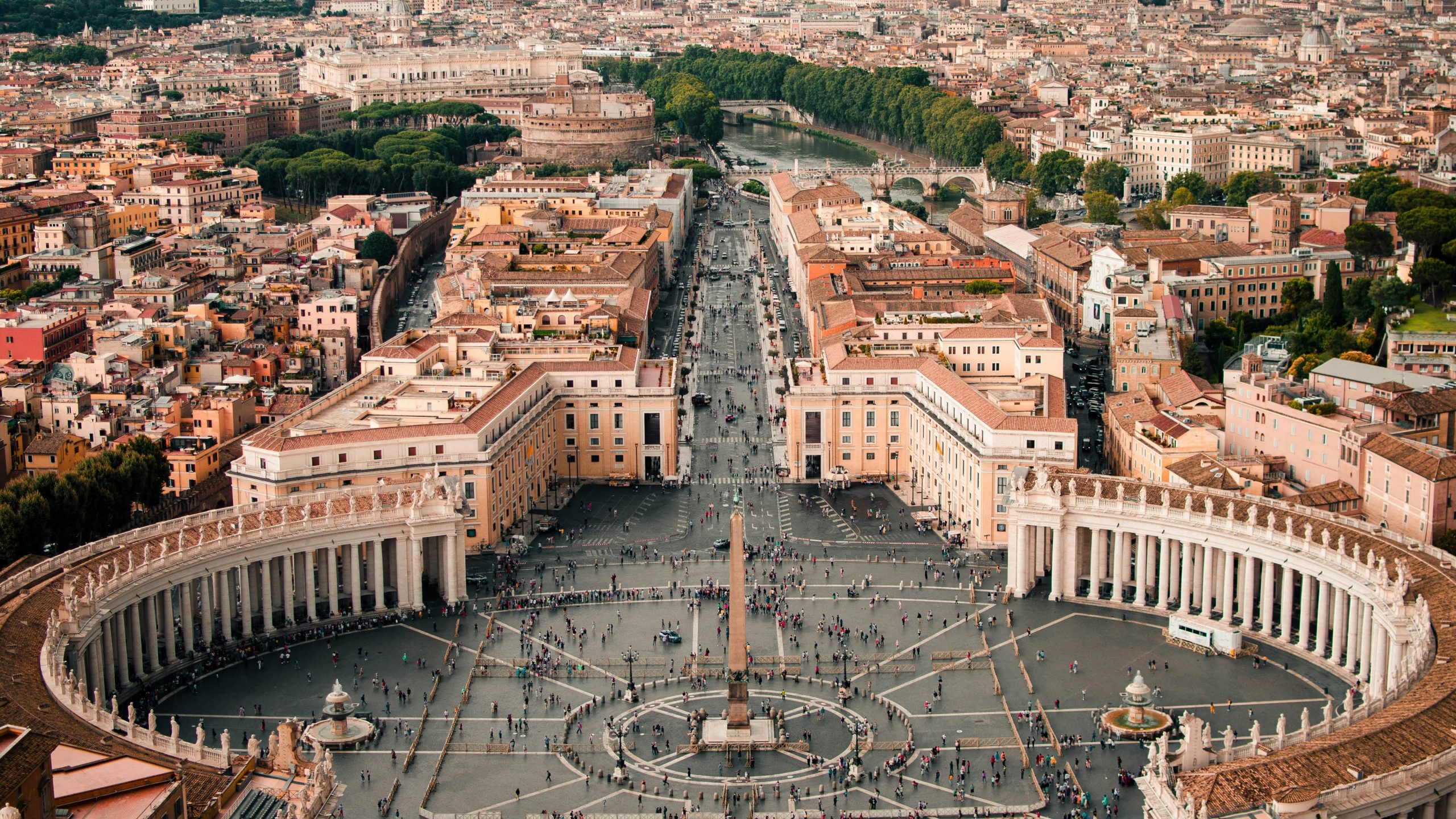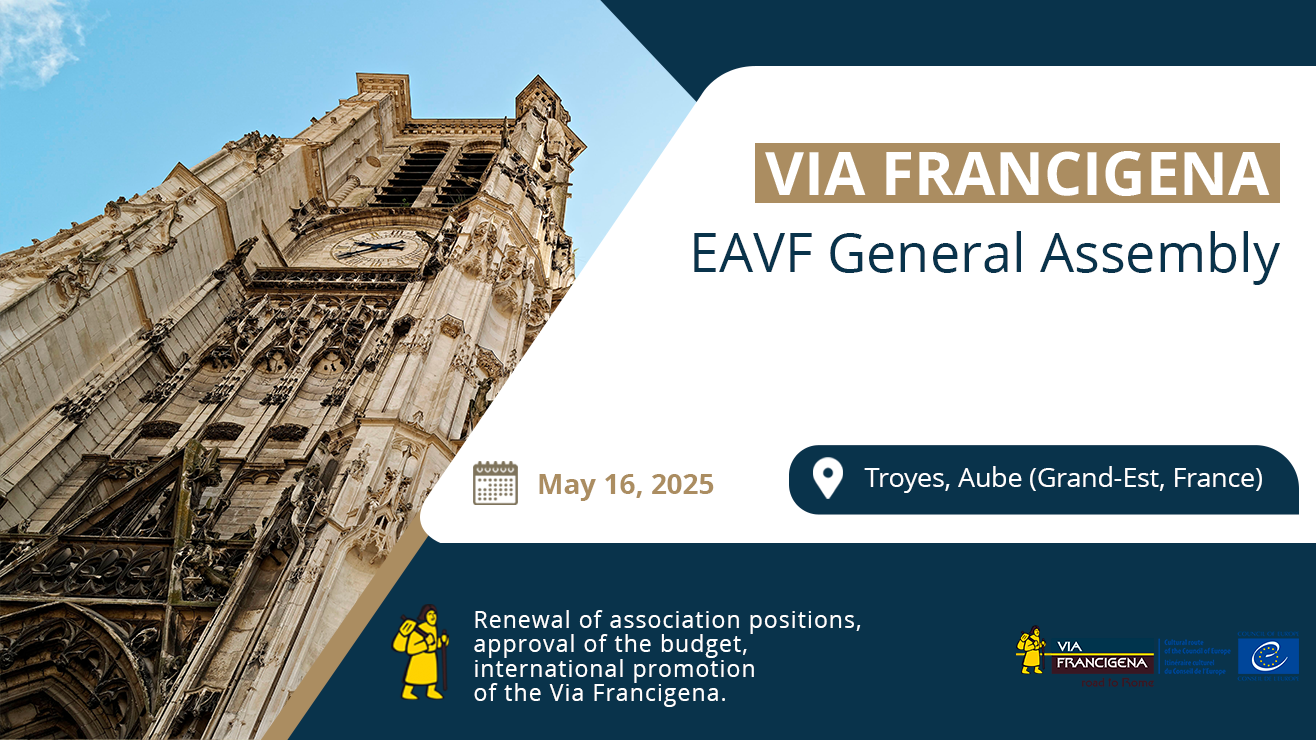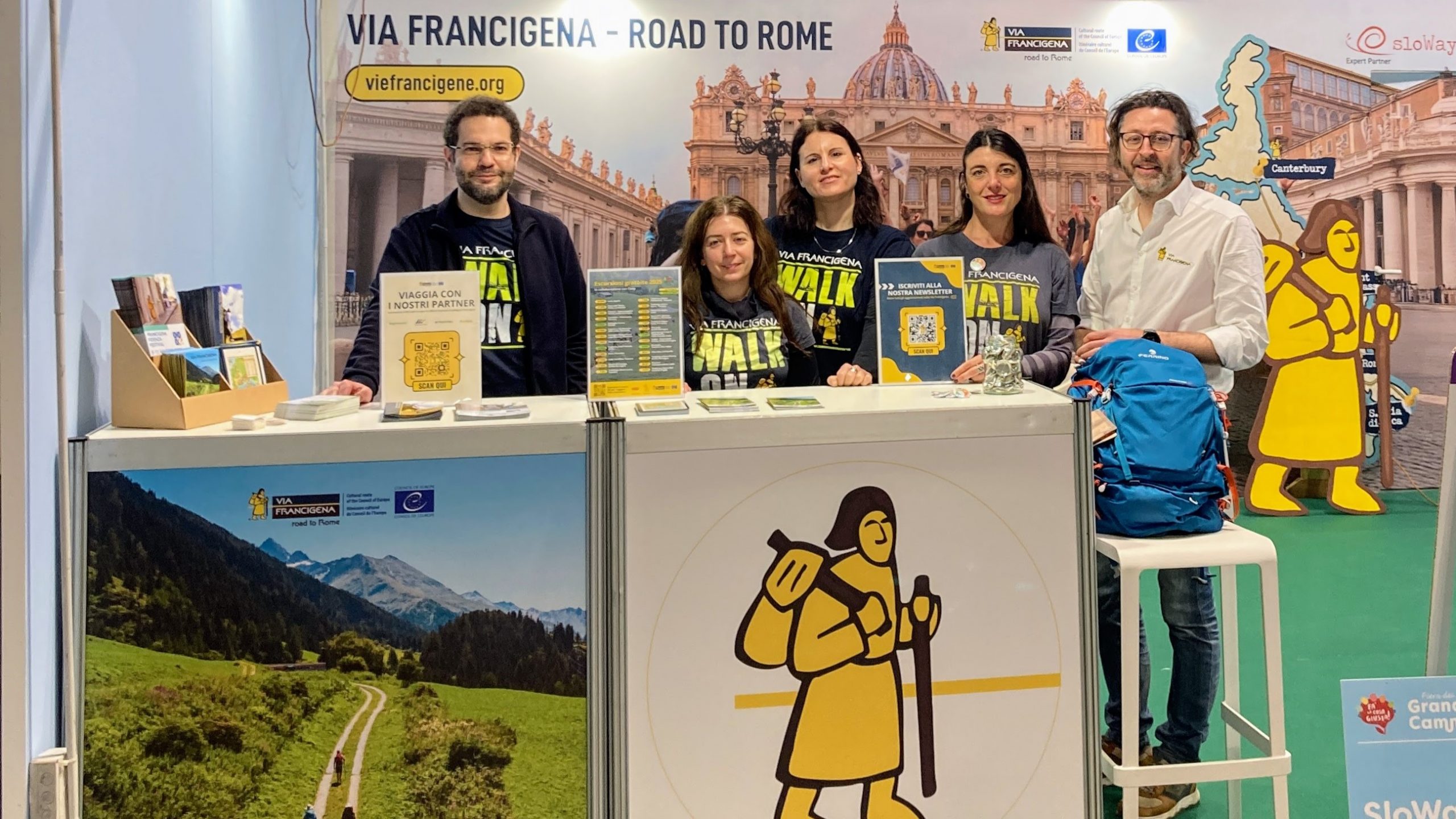Ciriaca+Erre is a Swiss-Italian artist from Matera. Since 22 April 2022, World Earth Day, she has begun a life as a nomad and pilgrim, returning to inhabit the planet as her home. She left on foot without money, from the caves of her home town, Matera, and headed for Africa – to the cave where Homo sapiens survived the Ice Age. She thus created her latest performance, which combines art and life: ‘2 years, 2 weeks, 2 days, Homeless Fearless Borderless‘. A slow journey of awareness, back into human history.
Ciriaca discovered her passion for travel at the age of 18, travelling through India. Her artistic practice ranges from painting to photography and urban installation, from performance to video. She has won important prizes and exhibited in various museums, galleries and institutions, from Italy to Switzerland and as far as England. She has exhibited at the Venice Biennale, in New York, Los Angeles, Moscow and Berlin, but has always tried to actively take art outside of museums. She has produced several works on human rights and women’s rights for which she has travelled to Africa in search of remote villages where women condemned as witches are still isolated.
Here is our interview with Ciriaca+Erre:
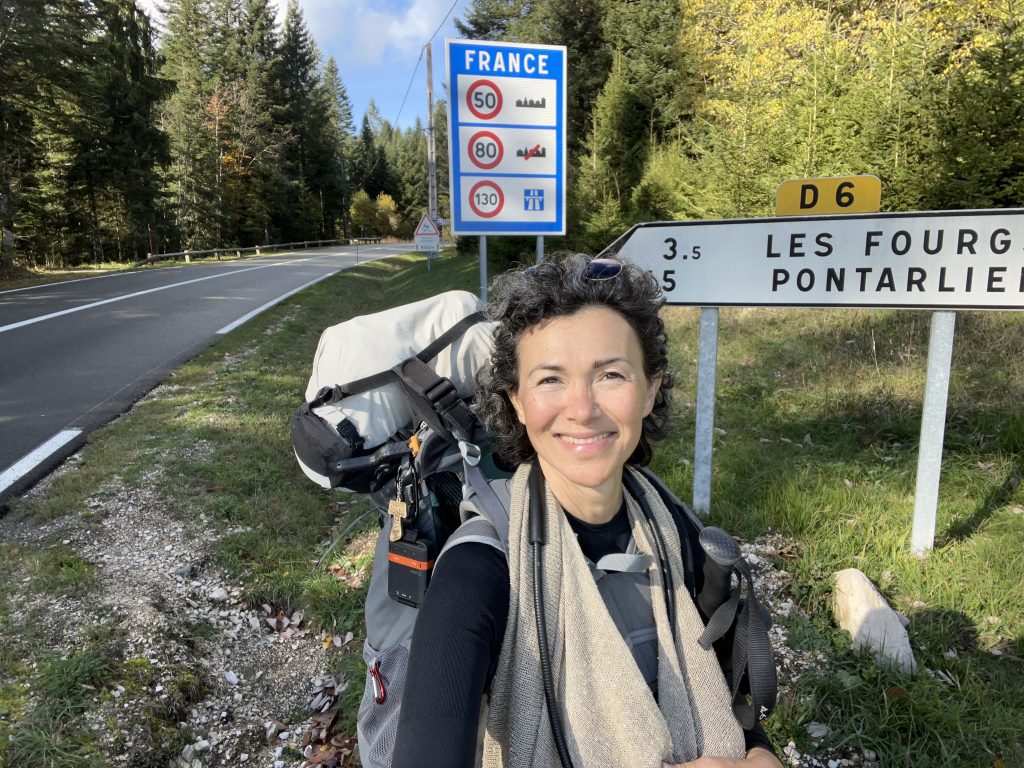
How did this project come about?
‘It was born during the pandemic in response to the fear that dominated the world and the borders that became increasingly suffocating to the point of exiling us into our homes. It was born to regain courage and confidence in ourselves, in others and in life, overcoming intimate and social boundaries. It is born to return to inhabiting the planet as our true home. It is born in order to ‘experience’ life as a journey of awareness, inspired by the book ‘Siddhartha’ by Nobel prize winner Hermann Hesse – 100 years old this year – written in the very place where I lived the last few years in Switzerland.
It stems from the desire to live at a slower pace as opposed to a world that, after the pandemic, has gone back to speeding up as if nothing had happened. In all this there is the idea of living the present day by day, of letting go and simplifying.
This performance was born as an evolution of another performance I did a few years ago at the Museo della Permanente in Milan, where I donated over 500 personal objects from 80% of my clothes, motor bike, bicycle, chairs and more. Even then I felt that one day I would have gone further, leaving everything behind me.
It took me a year to prepare psychologically, rather than physically, to completely change my life. Of course, you can never really be ready for such a project… because, as in life, you learn as you go. Life is a journey of awareness’.
What are the added values of undertaking this journey alone?
‘A solo trip is a great act of self-confidence. Definitely a great challenge but also a great opportunity. This is a lonely journey but also one of connection with myself, with others and with nature.
Embarking on this journey alone as a woman is very significant for me, since my artistic research has often touched on themes related to women’s rights and their history. One of the milestones in this journey is also a visit to the world’s last matriarchal community in China.
Travelling alone allows you to grow, have confidence in yourself and your strengths, facing your fears. It allows you to open up to a very valuable inner dialogue, opening up internal and external landscapes that may surprise you. When travelling alone, intuition and instinct are awakened: we discover that we are much stronger than we think or others believe. Of course there are moments of fatigue and discouragement, in which the only travel companion that will give us support and motivation to build resilience… is ourselves.
Travelling alone is also a meaningful choice of freedom. But freedom comes with a great burden: that of responsibility. Being able to choose to change, to make mistakes, to respect our own rhythms, what to eat, where to go, what to see, when to stop, gives a wonderful sense of freedom. We are the solo makers of our choices and consequently we also take responsibility for them.
On this journey I do not feel alone – I feel like I am part of a whole again. I must say that sometimes I have felt more lonely being among many people or with the people I love’.
What is your goal?
‘The goal is to unite Life with Art, to return to “being” before “doing”, which is among the most difficult things to do today. The goal is to bring art and culture, which are a heritage of humanity, back to the streets. Just as the philosopher and mathematician Hypatia of ancient Greece also wanted.
Through this project I seek utopia and a more authentic life.
I am looking for new ways of living in harmony with nature, with oneself and with others, inspired by the first utopian ecological and vegetarian community in Europe, born in Switzerland in the early 1900s, on Monte Verità.
The goal is to undertake a sort of march for peace and for the planet.
In this pilgrimage I seek ‘humanity’ in the highest sense of the term. We forget that this name, which we have given ourselves, condenses significant and indispensable values such as solidarity, empathy and brotherhood, which we are losing sight of.
The aim is also to remind us that we are all migrants, as evidenced by the discovery of the so-called traveller gene (DRD4-7R) present in 20% of the population. Human evolution began with migration on foot from Africa: we are all migrants. I want to remind you that in the old days, pilgrims and travellers were not left outside to die but were welcomed into homes and given a hot meal.
I started walking because it is an act that is as much a part of our nature and human history as thought and speech are. It is a ‘symbolic’ act, revolutionary and peaceful at the same time. Every time we take a step forward, we leave our centre of gravity, a pre-established balance to find another. And this is what thought and art does, it questions something pre-established’.
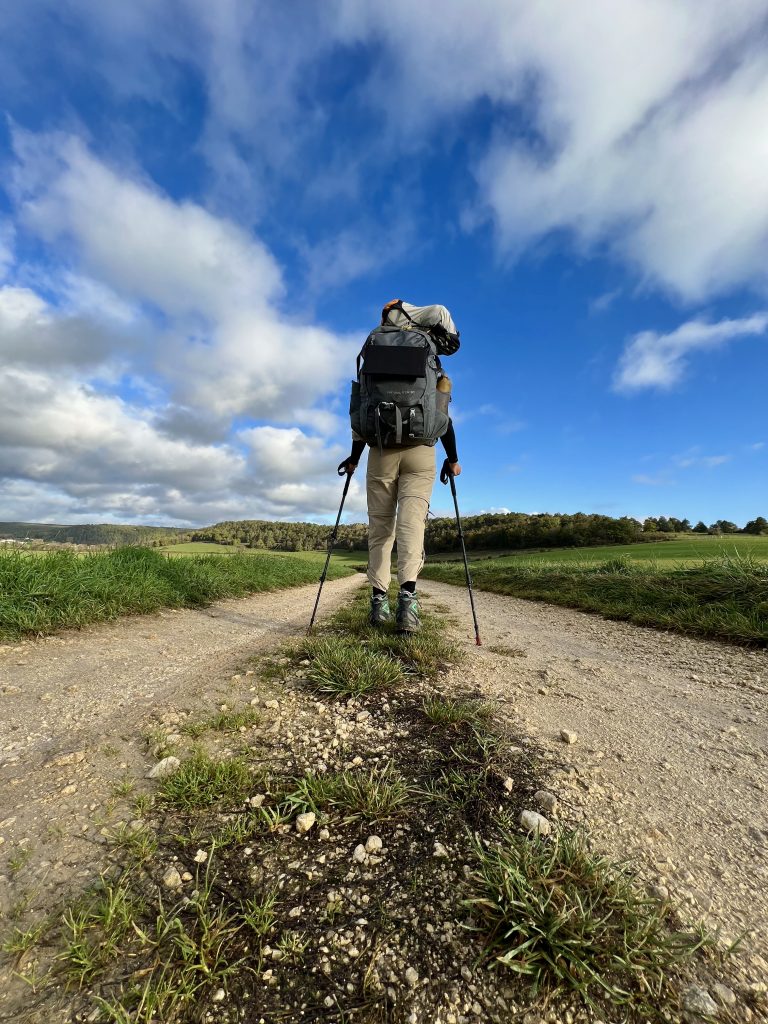
Which stretches of the Francigena have you travelled?
‘I started my journey right from the caves of Matera, my home town, which is part of the Via Francigena. I immediately had to take a diversion to Apulia to visit one of the first utopian communities, where private property does not exist, and that is part of my research.
I was able to resume the Via Francigena in Southern Italy, in Apulia, passing through the significant stage of Monte Sant’Angelo, and from there towards Rome, with some necessary detours to pursue my research.
From Rome, I travelled along the ‘Via di Francesco‘: I would have liked to arrive in Switzerland on the Via Francigena but I had to take another route that touched on places significant to my project.
It was with great joy that I resumed the Via Francigena from Vileneuve, Switzerland. I resumed with a significant peace walk together with a Japanese Buddhist monk who has done walks all over the world and came especially from London.
I am still on the Via Francigena heading to Canterbury. I will miss this historic route that retraces the steps of the ancient pilgrims when I have completed it. A route kept alive today by those who, like me, cherish a different, slow and ecological way of travelling.
On these walking routes, I have had the opportunity to meet extraordinary people from all over the world with great human depth. To cross these small villages, inhabited by a few dozen or a few hundred inhabitants, and to find hospitality in families or municipalities that are sensitive to welcoming pilgrims, is truly precious. To know that you are retracing the steps of ancient pilgrims is exciting’.
